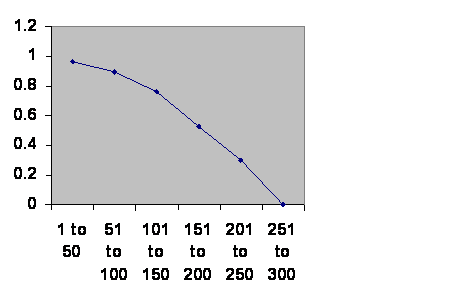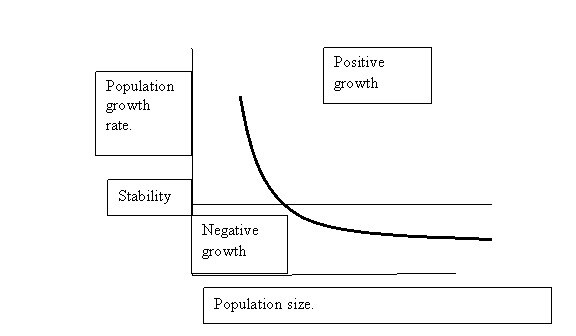January 9, 2015
nobabies.net
Safa Motesharrei
Systems Science Research Fellow
ssm@umd.edu
Dear Sir:
I was delighted to learn that NASA had performed a study linking the history of societies to an anticipated collapse of our own. I thought, “Wonderful. NASA people will always address an honest question.” Other scientists, in my experience, virtually never do.
A little looking around and I find that this was not a NASA study but you had used analytic techniques you developed for NASA. None the less I make bold to write. I think the name of the paper in question is, “Human and Nature Dynamics: Modeling Inequality and Use of Resources in the Collapse or Sustainability of Societies” and was published last March. The Achilles heels of societies, I take it, proved upon analysis to be management of population, management of climate change, management of water, management of agriculture and management of energy.
The argument as it came to me was, “Societies collapse. Look at Rome. Look at the Mayans.” You can say more than that. Looking at the history of southern Mesopotamia I get this:
Survival experience of lower Mesopotamia. Information taken from R. H. Carling, The World History Chart, International Timeline Inc. Vienna, VA 1985. The experience of southern Mesopotamia. The vertical axis is the chance of an empire of any age continuing to rule locally for another 50 years. The horizontal axis is the ages of the empires.

(Yes, you get the same line if you pool Rome, the classical Mayans and the Anasazi of Chaco Canyon.) The line is obviously very clean, so the probability a society will unravel is a function of its age and nothing else. If the collapse were due to factors outside of the population, the line would be horizontal, if from inside, the line would rise from selective effect. The line falls, so the only possibility is the very fact of a large population cooperating.
This must be reconciled with the five factors you found to be effective in population destiny. Going back over the list there is a common factor, which is management. The management of societies gets worse and worse as they age.
Now it gets ugly. Brace yourself. Some of the things I shall suggest are superficially horrible, but that means you would not think of them yourself. So if you are going to guard against them, you need to see them.
First, the implication is that those manager types are actually useful; the “elite” actually do things we need. In the absence of an effective elite there is a regime change. My impression from history is that the entire elite population gets exterminated with a whole lot of people loyal to them. I suppose not many people are as cross about the disproportionate wealth and indulgence of our own elite, but when they go we shall be faced with an effectively leaderless world of ten billion with a technology that could feed two billion under the best of circumstance. The word “bad” comes to mind.
Since it is unlikely that natural selection somehow produces an authentically stupid elite in the few generations a society lasts, the only obvious call for all that bad management must be that the elite simply don’t have enough babies; of course if one could go from primary provider to elite in a single generation the elite wouldn’t need any babies at all. The Catholic Church manages and the eunuchs that traditionally ran Chinese society were recruited. But by and large if you want the best, look among the children of the best. So that’s a second ugly thing; low birth rate alone is not what you want from a population.
The biology is quite straightforward. Competition in the face of natural selection is a race, and speciation is a race to the starting line. In sexually reproducing animals fast speciation requires strict limits on population size. Here’s a link: http://www.nobabies.net/A%20January%20summary%20for%202015.html
Well when they looked at fertility as related to population size in over a thousand animals they got this:

Drawn from Sibly’s results comparing the growth rate and population sizes of over a thousand wild populations. Growth rate is on the vertical axis; population size is on the horizontal. After Richard Sibly et al. On the Regulation of Populations of Mammals, Birds, Fish and Insects SCIENCE vol. 309 July 22, 2005 page 607.
The same curve is demonstrated in humans as that link will show you.
So I very much agree that historical data indicate a finite lifespan for societies and have no problem with your finding that mismanagement of factors you cite are the final cause; but I think you might consider that lack of gifted managers might be the ultimate cause. What think you?
Sincerely,
M. Linton Herbert MD
There have been 143 visitors over the past month.
Home page.

